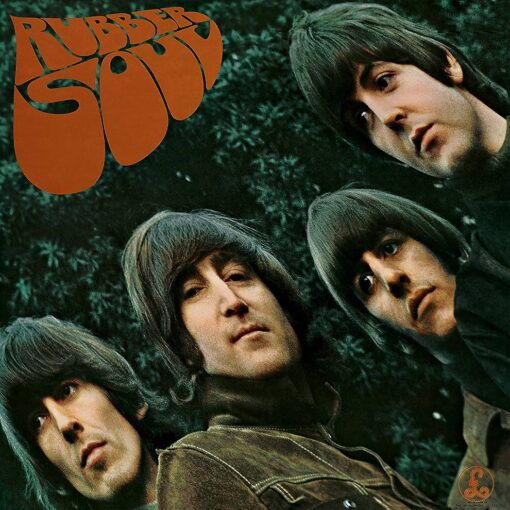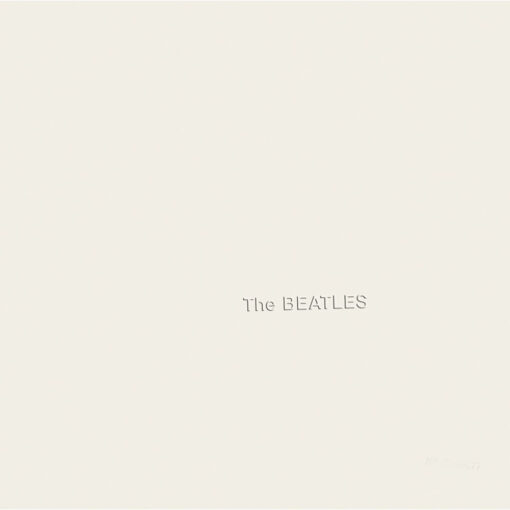- Published on 1967
- Author: Lennon/McCartney
- Track 11 on “Sgt. Pepper’s Lonely Hearts Club Band“
JOHN 1967: “I often sit at the piano, working at songs with the television on low in the background. If I’m a bit low and not getting much done, the words from the telly come through. That’s when I heard the words, ‘Good Morning Good Morning.’”
JOHN 1968: “We write about our past. ‘Good Morning, Good Morning,’ I was never proud of it. I just knocked it off to do a song. But it was writing about my past so it does get the kids because it was me at school, my whole bit.”
JOHN 1972: “A bit of gobbledygook, but nice words.”
PAUL 1984: “‘Good Morning’ –John’s. That was our first major use of sound effects, I think. We had horses and chickens and dogs and all sorts running through it.”
About “Good Morning Good Morning”
“Good Morning Good Morning” was written by John Lennon and credited to Lennon–McCartney. The song was inspired by a television commercial for Kellogg’s Corn Flakes. A reference to contemporary television was made in the lyric “It’s time for tea and Meet the Wife”.
A basic track was recorded on 8 February 1967, with overdubs recorded on 16 February (bass guitar and lead vocals), 13 March (brass section), 28 March (backing vocals and guitar solo), and 29 March (animal noises). McCartney played a Fender Esquire for the guitar solo. George Martin brought in Sounds Incorporated to provide the song’s prominent brass backing at Lennon’s request.
The animal noises heard at the beginning (and end) of the song were arranged by engineer Geoff Emerick in such a way as to show each animal capable of devouring (or frightening) the one preceding it.
Chicken clucking was inserted so that it transforms into guitar on the following track, “Sgt. Pepper’s Lonely Hearts Club Band (Reprise)“. Emerick claims that these animal noises were inspired by the coda of “Caroline, No” from the Beach Boys’ Pet Sounds album. It begins with the crowing of a rooster, followed by drones of birds, cats, dogs, cows, horses, sheep, or bloodhounds accompanying fox hunters riding horses with their horns blasting.
Mark Lewisohn, a Beatles historian, said that the rapid 16th note bass drum fills were played on two bass drums. A mono version of “Good Morning Good Morning” runs 2:35, whereas a stereo version runs 2:41 (due to a longer fade out of animal sounds). Similarly, the 2017 stereo mix follows the editing style of the mono version, which also runs 2:35.
For the Beatles’ 2006 remix album, Love, the horse sounds were mixed into “Being for the Benefit of Mr. Kite!“
Meaning of “Good Morning Good Morning”
The lyrics of “Good Morning Good Morning” paint a picture of a busy, everyday urban life. They describe scenes of people going about their daily routines – getting up, going to work, and engaging in various activities. The song conveys a sense of the hustle and bustle of modern life, capturing the energy and motion of a lively city.
The repeated phrase “It’s time for tea and Meet the Wife” refers to a popular British television program of the time, which was a domestic comedy. This phrase further emphasizes the routine nature of the day.
Overall, “Good Morning Good Morning” can be interpreted as a commentary on the routine and predictability of everyday life, with people going about their business, often without much interaction or reflection. It captures a snapshot of the typical urban experience in the 1960s.
Personnel
The Beatles
- John Lennon – double-tracked lead vocal, rhythm guitar, backing vocal
- Paul McCartney – bass, lead guitar, backing vocal, bass drum
- George Harrison – rhythm guitar, backing vocal
- Ringo Starr – drums, tambourine
Wind instruments
- Barrie Cameron – saxophone
- David Glyde – saxophone
- Alan Holmes – saxophone
- John Lee – trombone
- Unknown – trombone
- Unknown – french horn
- Sounds Incorporated – brass
Production
- Geoff Emerick – engineer
- George Martin – producer


